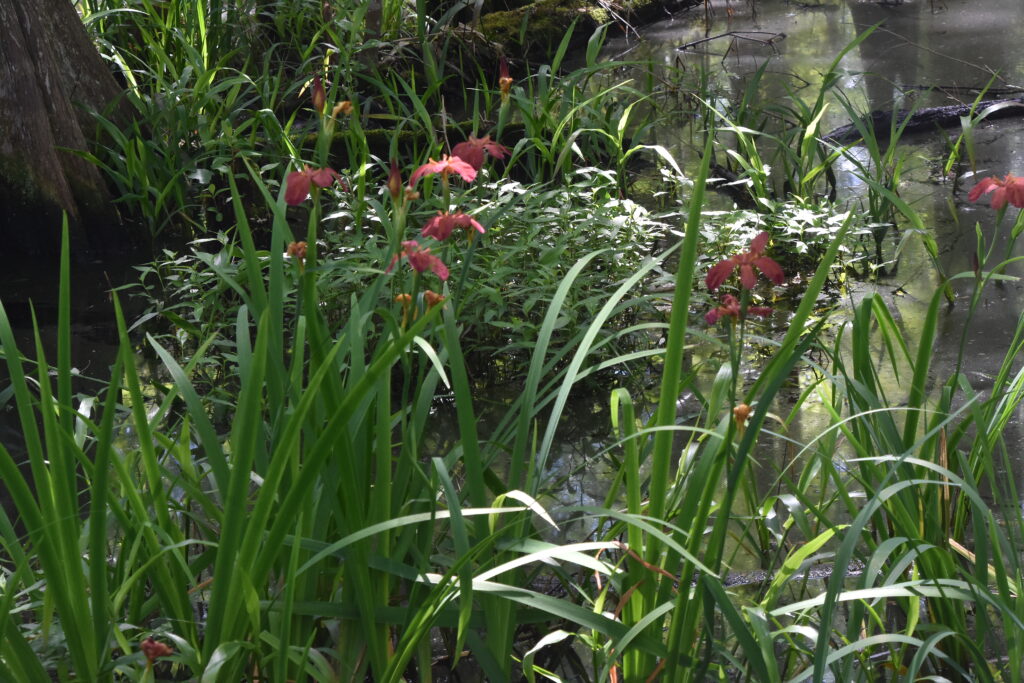Menu
Since 1941, our society has been preserving and promoting Louisiana irises and their hybrids, but we are also a community of like-minded horticulturists who enjoy sharing our passion for plants with the world.
We will be back in Lafayette with a schedule similar to our 2022 convention including an afternoon of judge’s training, a tour, and dinner with our General Membership meeting. This convention offers a full day of activities on Friday, including a tour to Palmetto Island State Park, and an evening program of presentations.

Did you know that the name Louisiana iris was first used by John James Audubon, the famed naturalist himself? Uncover the rich story of Louisiana irises, from swamp to garden.
Discover how to plant and care for Louisiana irises and hybrids with our supportive community of growers. Find all the information you need to get growing.
We recently launched an exciting project to preserve new species of our beautiful Louisiana irises and we’d love YOUR involvement! We want to encourage all our members and the public to notify us of any newly identified species you spot. Our custom database and interactive map will aid our preservation efforts, delivering on our promise to protect these native plants.
We are always looking for new members to join our society! If you love Louisiana irises, you’ve come to the right place. When you become a member, you’ll gain access to shows, garden tours, meetings, and our annual convention. Plus, we’ll send you our full-color publication, Fleur de Lis.
Got a question about Louisiana irises or need to get in touch? Fill out the form and we’ll be happy to help.
© 2024 Society for Louisiana Irises. All rights reserved.